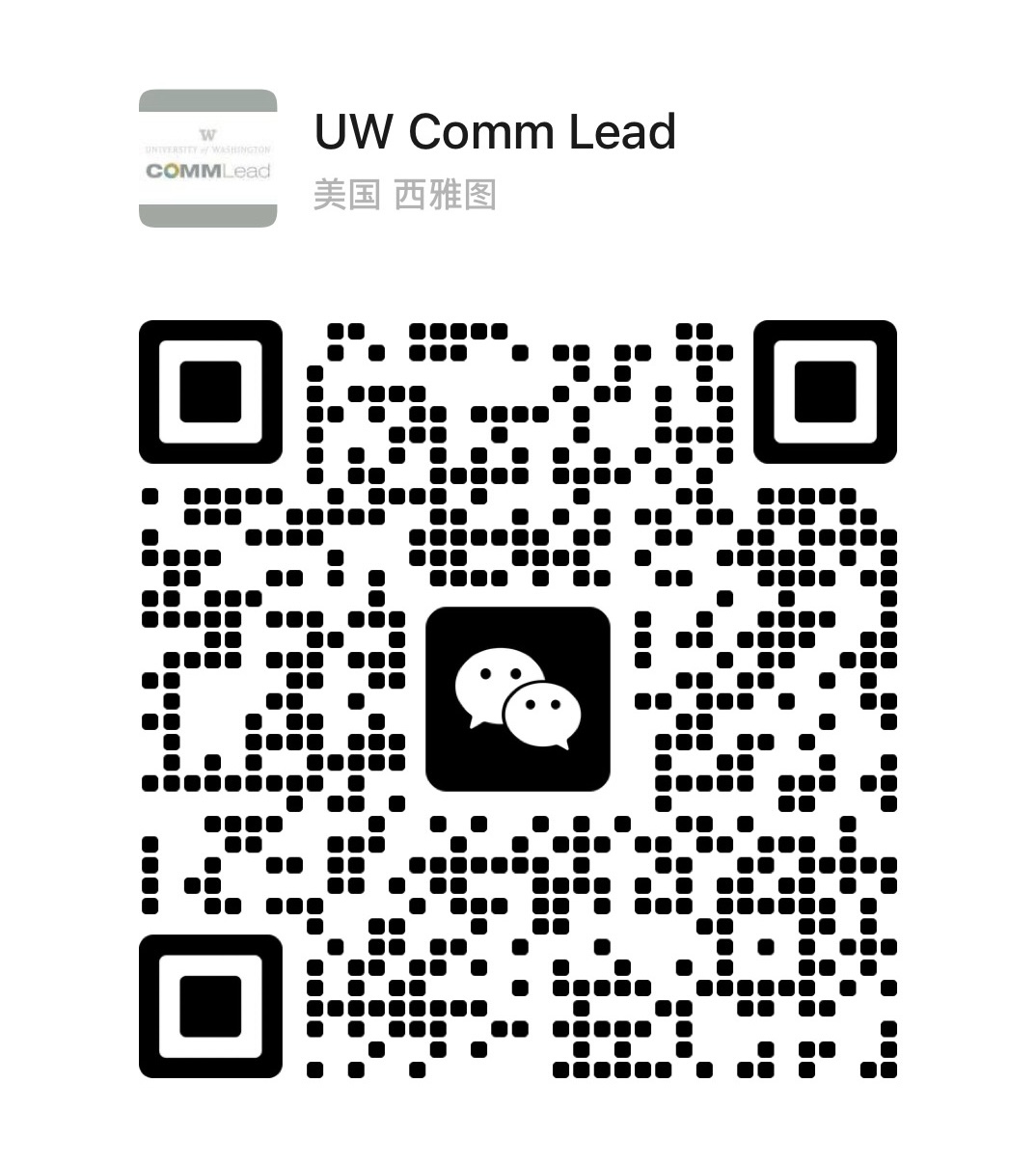Course Description:
To be effective in their marketing strategies, organizations need to know who their target audiences actually are – what they think, feel, and do, and how they ultimately make decisions. Without this insight, organizations “make up” who their target audiences or consumers are, and by doing so they miss the mark by making ill-informed strategic decisions. They design the wrong products, create the wrong messaging, write the wrong sales plays. Consumer insights is one of the primary ways businesses ensure that product design and messaging align closely with the needs, wants, and dreams of their consumers.. There’s a right way and a wrong way to do consumer insights. This class will teach you the right way. Through this practicum, students will work in teams of consultants for an organizational client to understand what consumer insights are missing in the organization, what insights are needed to drive the right decision-making, and how to find those insights. Students will conduct interviews with the organization’s stakeholders to uncover what’s already known (and what isn’t known). They will conduct secondary research to learn as much as possible about their consumer target. Finally, they will identify remaining gaps in information and prepare a “request for proposal” (RFP), which is intended to be sent to consumer insights agencies to request consumer research. The final deliverable will be the RFP, which will include a summary of what is already known about consumers. Students will present this RFP to the client.
About 503 Communication and Leadership Practicum
Communication and Leadership Practicum was designed as a complement to COMMLD 502, intended to help shape the beginning of the Communication Leadership journey. The course gives students an early opportunity to engage with and understand the uses of course concepts in contemporary professional practice by addressing the challenges of real-life organizations.
Each section of the Comm Lead Practicum focuses on a distinct professional skill or practice that is deemed essential across a variety of professional fields. Students can choose their section based on their interests and needs. Each section is matched with a client organization or group of client organizations who are interested in partnering with Communication Leadership students.
he span of a quarter, students analyze the issues faced by the client organization(s), collaborate and brainstorm collectively in small teams, and with the support of their faculty mentor create a deliverable for the client organization(s) that relates to the specific practice. Students may also create creative samples as part of the project. In doing so, students can develop and enhance skills, build foundations of practice, and produce work that they can include in their own professional portfolios.
Structure of Class
Class will convene online during the time indicated by section for a minimum of 5 classes led by a faculty mentor. This may occur every other week, or at different intervals that serve the needs of the project. On dates that the faculty mentor is not in attendance, students will have that time together to work with their teams.
During the times that faculty mentors are in attendance, students will report out on the current status of their projects, hear from experts about best practices, receive feedback, and provide feedback to one another. At the end of the quarter, students will present their project deliverables to the client organization, faculty, and their peers.
In addition to the final presentation, students will plan to meet with the client organizations mid-way through to report out on the current status of their projects and receive important feedback on their developing ideas and processes. Depending on client availability for these two meetings, time may need to be rescheduled from the regular class meeting time, with consideration of faculty mentor and student schedules.

 University of Washington
University of Washington